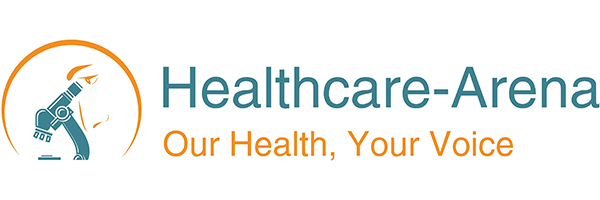Improving the eye care of prone patients with Covid-19

Share this article:
The emergence of Covid-19 has led to unprecedented levels of ICU occupancy and mechanical ventilator use in the UK and worldwide. With non-intensivists often redeployed into ICUs to meet the staffing shortfall, they may be unfamiliar with the eye care of critically ill patients. Prone positioning (facing downward) has been used to improve ventilation of Covid-19 patients with acute respiratory distress syndrome (ARDS), and this has its own implications for eye health and care. Mr. Ian Murdoch, a former NHS consultant ophthalmologist, recently responded to the call for retired clinicians to return to assist in the COVID-19 emergency. Acting as a member of the proning team for ventilated patients at the NHS London Nightingale Hospital, he used his invaluable experience as an ophthalmologist to develop standard operating procedures (SOPs) for the eye care of these patients and to deliver training on this topic to his new colleagues. I interviewed him about his experience, and the ophthalmic advice he has for those caring for prone patients.
Q. What was your role as part of the proning team?
A. We were called to the patients on the ward whenever the team caring for them had prescribed prone ventilation. Once prone, patients required regular head turns, and were generally de-proned after 18 hours. This cycle was then repeated as demanded by their clinical condition.
Q. What are the main implications of prone positioning for eye health and eye care?
A. There are three principal implications. Firstly, the prone position means direct pressure could be put on the eye. This can increase intraocular pressure and occlude the central retinal artery, leading to complete sight loss. This is well recognised where patients are anaesthetised prone, such as during spinal surgery, hence it is routinely checked for. Secondly, exposure of the eyes when the lids are inadequately closed can lead to exposure keratopathy (drying out of the cornea) and the cornea being subjected to trauma. Thirdly, dependent oedema can lead to swollen lids and chemosis. This may prevent visualisation of the eye, impair eye closure, and in some instances cause entropion. Proning-related periocular swelling has also been implicated in the development of posterior ischaemic optic neuropathy (PION) causing profound vision loss.
Q. What was your experience of the eye care received by prone patients at the Nightingale?
A. In such a busy environment, where the life and death issues of ventilation, blood pressure control and central/arterial line management are so important, non-life threatening matters such as catheter care, oral care and eye care come lower down the list of priorities for good reason. However, I did find quite marked lid oedema in some patients, and this was not being addressed.
Q. What changes did you make after reviewing the patients?
A. We introduced a more systematic regimen to the eye care to address the three implications outlined above:
- Pressure on the eye/orbits was routinely checked for and no further intervention was required.
- Exposure was prevented by obtaining EyeGard – an adhesive dressing simply applied to the eyes to hold the lids closed and protect them. Lubricant ointment was applied prior to the use to the guard and the guards used routinely in any patient with no protective corneal reflex.
- Dependent oedema was treated by applying lubricating ointment to the eye, followed by Jelonet and then double eye pads.
SOPs were produced together with training material in order to add this simple eye care regimen into the routine ward practice.
Q. Finally, what is your take home message to medical staff in ICU for eye care of prone patients?
A. Whilst eye-care should not be the main thought whilst attending the critically ill, the simple steps outlined above can prevent most injuries and enormously aid patient recovery. As patients wake up their eyes are not swollen, painful or blurred, and avoidable complications such as corneal abrasions or infections do not have to be treated.
If you would like to comment on any of the issues raised by this article, particularly from your own experience or insight, Healthcare-Arena would welcome your views.











Comments are moderated and may not appear on the site immediately.